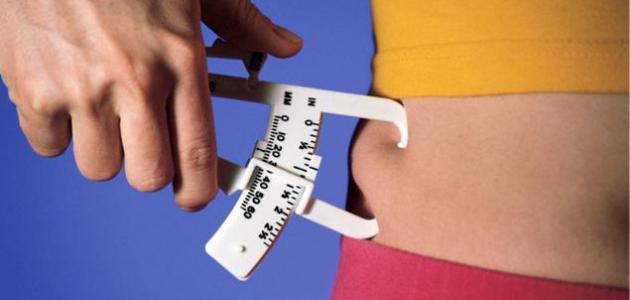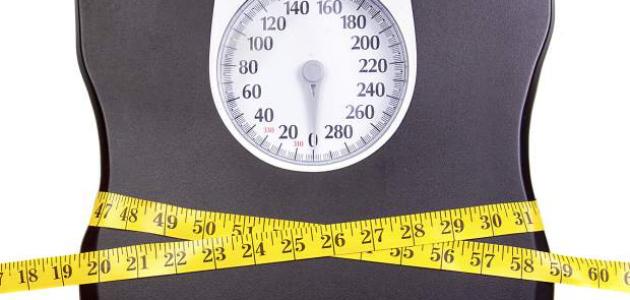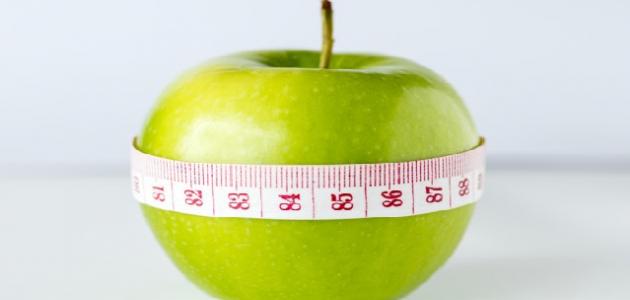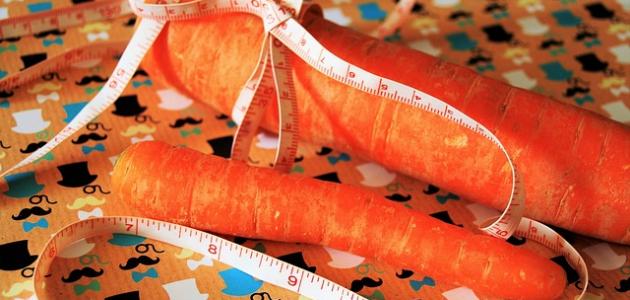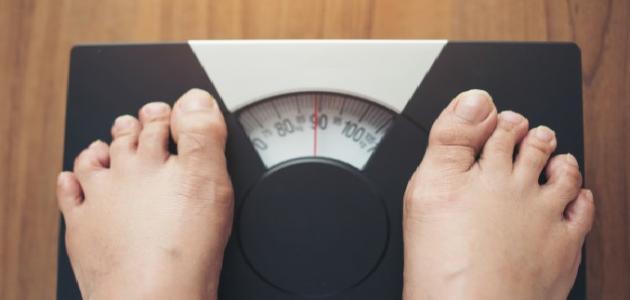BMI
High Body Mass Index (in English: Body Mass Index) in adults reflects the extent of a person’s obesity and his general body health. It can be measured by dividing a person’s weight in kilograms by the square of his height in metres. It is considered a tool for examination and not diagnosis, and its results can be analyzed as follows:
- If your BMI is less than 18.5, you are considered underweight.
- If your BMI is 18.5-24.9, it is within the normal or healthy weight range.
- If your BMI is 25.0-29.9, you are within the overweight range.
- If your BMI is 30.0 or higher, you are considered obese.
waistline
Measuring waist circumference is a way to estimate the risk of potential diseases, as it measures the percentage of fat in the abdomen, which increases obesity-related diseases, such as: type 2 diabetes, high blood pressure, and coronary artery disease. Waist circumference may indicate obesity if reach:
- A man's waist circumference is more than 101.6.
- A non-pregnant woman's waist circumference is more than 88.9 cm.
This measurement can be used as a screening tool, and not to evaluate body fat or an individual's health. Trained healthcare providers must perform appropriate health assessments to understand the patient's health status.
Read also:How to fight obesityWaist to hip ratio
The waist-to-hip ratio is used to measure obesity in the abdominal area. It is calculated by measuring the waist circumference, the hip at the widest diameter of the buttocks and the smallest diameter of the waist, then dividing the waist measurement by the hip measurement. Studies have shown that this measure can help predict the development of diseases. , or the probability of death in adults, and it is considered an inexpensive way to measure obesity, as the measurements are subject to error, because there are two measurements and not one measurement, and the possibility of an increase in the waist-to-hip ratio due to an increase in the percentage of fat in the abdominal area, or a decrease in lean muscle mass around the hips, and it is considered a measurement The hip is more complex than measuring the waist, and measurement in general may be difficult or inaccurate in people with a BMI of 35 or more.
According to the World Health Organization, if your waist-to-hip ratio is 1.0 or higher, your risk of heart disease and other diseases increases. A healthy waist-to-hip ratio is as follows:
- A ratio of 0.9 or less in men.
- A ratio of 0.85 or less in women.
Underwater weight
In this method, people are immersed in a tank of water, and researchers use equations to estimate body size, density, and the percentage of fat in it. Fat is considered to have a lower density than water, so a person with a high percentage of fat in his body will be less dense compared to someone who has a small amount. Of fat, this method is usually used to prepare research only, as it is time-consuming despite its accuracy, and is not considered a good option for children, the elderly, and individuals with a body mass index of 40 or more.
Read also:Causes of the spread of obesityMeasure the thickness of the skin
A special caliper is used to measure the thickness of a layer of skin, and to measure the fat underneath it in certain areas of the body, such as the thighs, the torso, the front and back of the upper arm area, and under the shoulder blade. Various equations are used to measure obesity, and to predict the percentage of body fat on the basis of these measurements. This method is considered safe, inexpensive, convenient, and easy, but it is not as accurate as other methods, in addition to the fact that it is difficult to take measurements in individuals who have a body mass index of 35 or more.
